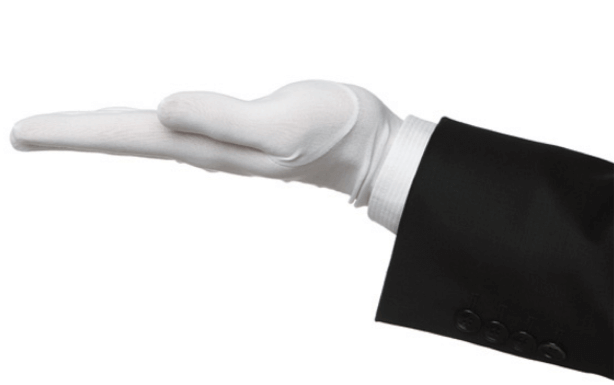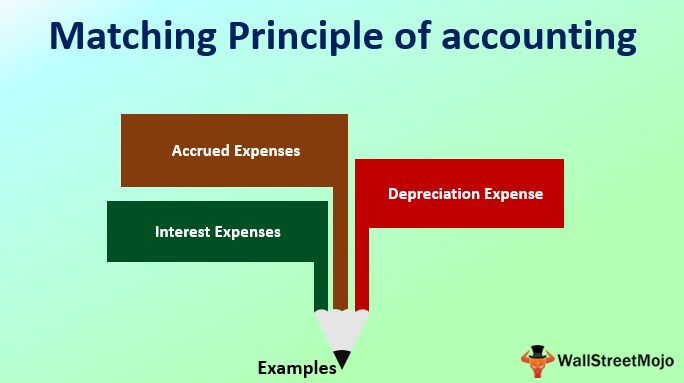What are Drawings in Accounting?
As such, it will impact the company’s financial statement by showing a decrease in the assets equivalent to the amount that is withdrawn. It will also represent a decrease in the owner’s equity as the owner is, essentially, cashing in on a small piece of their entitlement to the company. Drawings are withdrawn from the business, mostly in cash form, for the owner’s personal expenses. When cash is retracted, it must be returned to the company by any means. Either the owner adds the amount of the annual drawing to the business bank account, or the equivalent value is reduced from the owner’s equity.
How do you record drawings in accounting?
In conclusion, drawings in bookkeeping terms refer to the amount of money withdrawn by the owner of a business for personal use. It is not considered an expense or revenue account and does not affect the net income of the business. When the owner withdraws cash or other assets, it reduces the assets of the business. This reduction in assets is reflected in the balance sheet under the owner’s equity section. The amount of the transaction is recorded in both the debit and credit columns.
How to treat Drawings in Accounting
A journal entry is a record of a transaction that includes the accounts affected, the amount of the transaction, and whether the account is debited or credited. A Drawing Account is a temporary account that is used to record cash withdrawals made by the owner of a business. It is a type of account that is used to track the money that the owner takes out of the business for personal use. Drawings are recorded as a contra-equity account, which means that it reduces the owner’s equity in the business.
It is a type of account that is used to track the money that the owner puts into the business, as well as any profits that the business generates. In bookkeeping, there are several types of accounts that are used to keep track of different financial transactions. These accounts are classified into different categories based on the nature of the transactions they record. State and federal personal income taxes are automatically deducted from your paycheck. On the personal side, earning a set salary also shows a steady source of income (which will come in handy when applying for a mortgage or anything else credit-related). Draws are not personal income, however, which means they’re not taxed as such.
- Drawings are therefore recorded in the balance sheet according to their category.
- Because they keep track of business withdrawals over the course of a year, drawing accounts are crucial.
- A debit from the drawing account as well as a credit from the cash account make up a journal entry for the drawing account.
- If you’re not interested in the bonus route, you can always adjust your salary each year based on how your company is performing.
- As a result, the placement of drawings within the balance sheet depends on how it is categorised.
Drawings Journal Entry
The normal increase of capital accounts is credited, so a debit would mean that the account is being decreased. The drawing account must have zero balance at the start of the new accounting period. In accounting, withdrawals made by the owner are referred to as drawings. As a result, the financial statement of the company will be impacted by a fall in assets equal to the amount withdrawn. As the owner is basically cashing in on a small portion of their claim to the company, it will also result in a diminution in the owner’s equity. It’s essential to keep accurate records of these withdrawals because they need to be offset against the owner’s equity.
Accounting Equation for a Sole Proprietorship: Transactions 5-6
Drawings, also known as “owner withdrawals” or “owner’s draw,” refers to the process of taking money out of a business by the owner for personal use. In bookkeeping terms, drawings are recorded as a reduction in the owner’s equity account and are not considered as business expenses. Drawings cause an indirect parallel impact on the company’s assets particularly, the cash account. This change is reported in the balance sheet of the company, where cash is credited and the owner’s equity is debited. Since the cash amount doesn’t fully revenue drawing tell us the details, the information relating to the drawings is included in the notes to the financial statements.
We could also look to XOM’s income statement to identify the amount of revenues and dividends the company earned and paid out. Drawings are recorded in the owner’s equity account, which is a part of the balance sheet. Drawings are recorded in the owner’s equity account as a reduction in the owner’s capital. In bookkeeping, every transaction must be recorded in the form of a journal entry.








